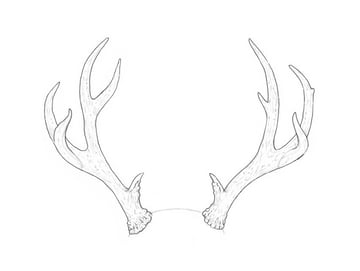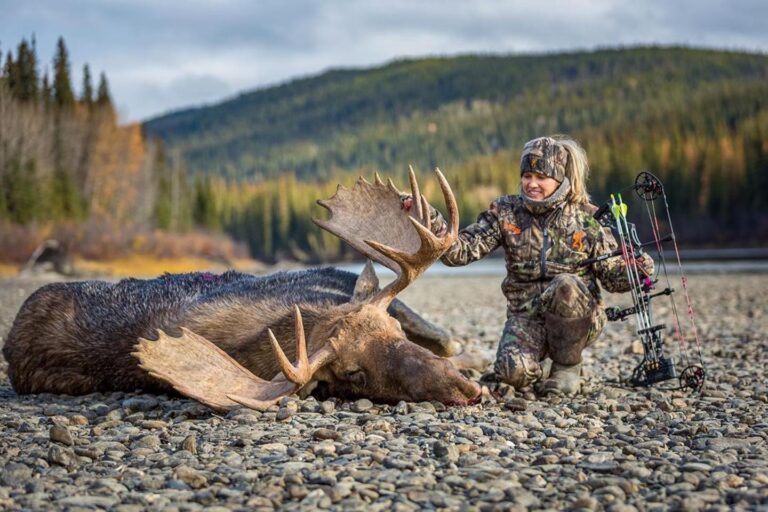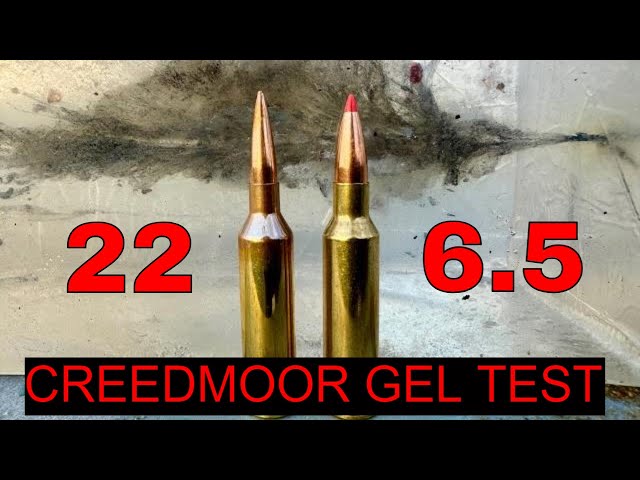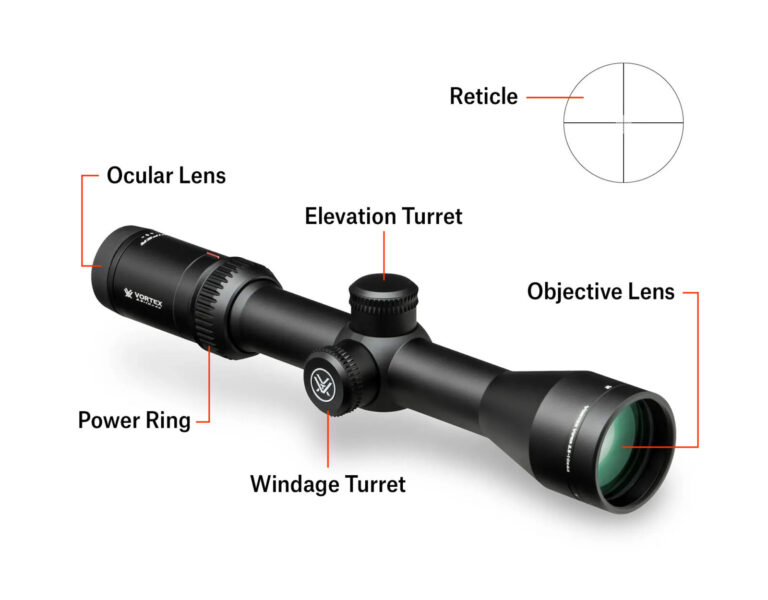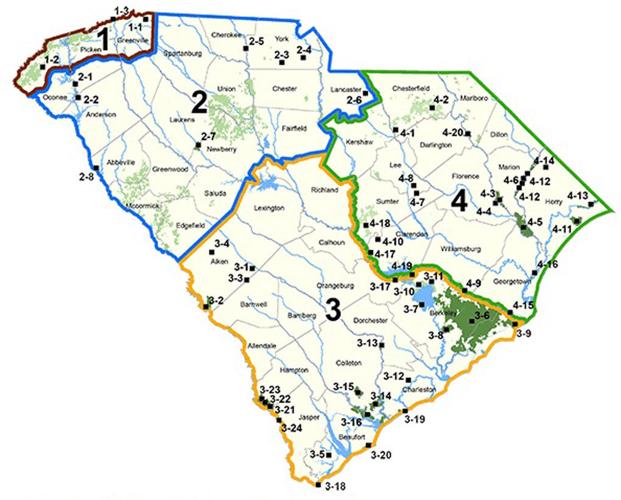When Do Whitetail Deer Shed Antlers: Seasonal Insights
Whitetail deer shed their antlers once a year. This usually happens in late winter.
Whitetail deer, known for their majestic antlers, follow a fascinating yearly cycle. The shedding of antlers is influenced by several factors, including age, health, and environmental conditions. In late winter, typically between January and March, bucks start to lose their antlers.
This natural process prepares them for the growth of new, larger antlers in the spring. Understanding when and why whitetail deer shed their antlers can offer insights into their behavior and the ecosystems they inhabit. Whether you’re a wildlife enthusiast or a hunter, knowing this cycle can enhance your appreciation of these remarkable creatures. Join us as we delve into the details of this fascinating phenomenon.
Introduction To Antler Shedding
Whitetail deer shedding their antlers is a fascinating natural process. This annual event is crucial for their health and survival. Understanding antler shedding helps us appreciate these majestic creatures even more.
Antler Growth Cycle
The antler growth cycle begins in spring. During this time, antlers grow rapidly, covered in a soft tissue called velvet. The velvet supplies nutrients and oxygen to support growth. By late summer, the antlers harden and the velvet is shed. This marks the end of the growth phase.
Importance Of Shedding
Shedding antlers is important for whitetail deer. It allows them to conserve energy during winter. The process also helps them stay healthy by removing old antlers. New, stronger antlers grow in their place. This cycle is vital for mating season, as larger antlers attract mates and fend off rivals.
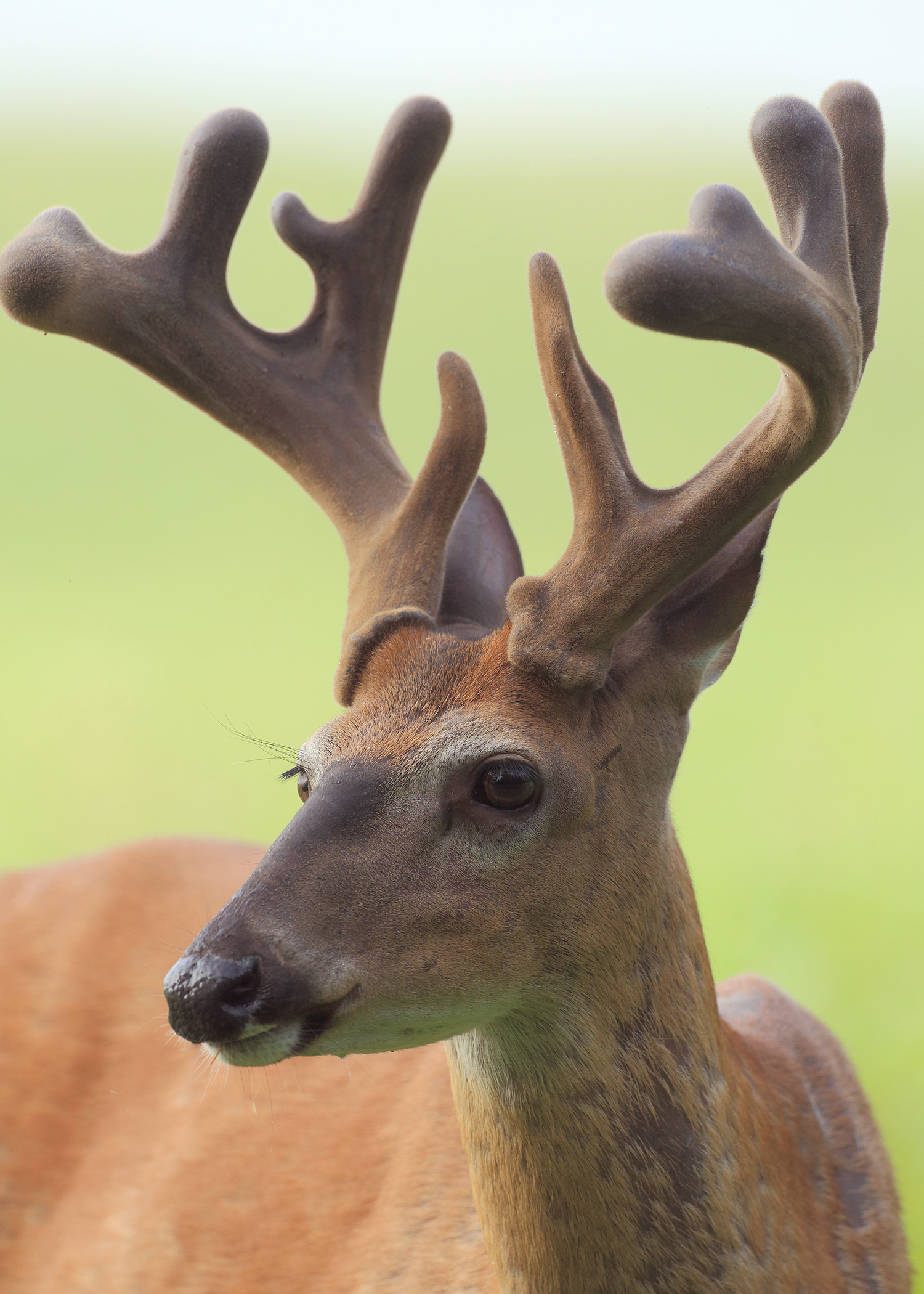
Credit: extension.msstate.edu
Factors Influencing Shedding
Understanding when whitetail deer shed their antlers is essential for hunters and wildlife enthusiasts. Several factors influence the timing of antler shedding, including age, maturity, and nutritional status. These factors determine how and when a deer loses its antlers each year.
Age And Maturity
The age and maturity of a whitetail deer play a significant role in antler shedding. Young bucks, typically between 1.5 to 2.5 years old, shed their antlers later than mature bucks. This delay occurs because younger deer are still developing their physical structure and need more time for their antlers to grow and harden.
Mature bucks, usually 3.5 years and older, tend to shed their antlers earlier. These deer have reached full maturity and no longer need to invest energy in antler growth. The shedding process for mature bucks often starts in late December and can continue through February.
Nutritional Status
A deer’s nutritional status greatly impacts the timing of antler shedding. Whitetail deer with access to ample food sources and high-quality nutrition tend to shed their antlers earlier. Proper nutrition ensures that the deer have the necessary energy and resources to maintain healthy antler growth and shedding cycles.
Conversely, deer experiencing poor nutrition may delay antler shedding. Limited food resources can cause stress and reduce the overall health of the deer. This delay can lead to weaker antlers and a prolonged shedding process.
To summarize, the timing of antler shedding in whitetail deer is influenced by age, maturity, and nutritional status. Understanding these factors can help hunters and wildlife enthusiasts better predict and observe this fascinating natural process.
Seasonal Timeline
Understanding the seasonal timeline of when whitetail deer shed their antlers can help hunters and wildlife enthusiasts alike. Whitetail deer follow a predictable pattern throughout the year, making it easier to know when they will shed their antlers. This timeline varies slightly based on factors like weather, health, and region.
Winter Shedding
For most whitetail deer, antler shedding typically starts in late winter. This usually begins in late December and can continue through February. The process is triggered by hormonal changes as daylight decreases. These changes cause the antlers to weaken at the base and eventually fall off.
During this period, you might notice more antlers on the ground. Bucks often lose their antlers after the mating season, once their testosterone levels drop. It’s common to find antlers in areas where deer frequently travel, such as feeding grounds and bedding areas.
Regional Variations
The timing of antler shedding can vary based on the region where the deer live. In northern regions, shedding might start earlier due to harsher winter conditions. In southern areas, the process can be delayed by a few weeks.
| Region | Shedding Period |
|---|---|
| Northern States | Late December to January |
| Midwestern States | January to February |
| Southern States | February to March |
Some factors can influence these timelines, such as food availability and overall health. For instance, a healthy buck with good nutrition might shed his antlers later than one that is stressed or malnourished. Understanding these variations can help you plan your antler hunting trips more effectively.
Environmental Impact
The environment plays a crucial role in determining when whitetail deer shed their antlers. Factors like temperature changes and habitat conditions directly influence their natural cycles.
Temperature Changes
Temperature fluctuations significantly affect the timing of antler shedding in whitetail deer. Warm winters can delay the shedding process, while cold snaps can accelerate it. These temperature changes impact the deer’s hormonal balance, which in turn controls antler growth and shedding.
| Temperature Condition | Impact on Antler Shedding |
|---|---|
| Warm Winters | Delayed Shedding |
| Cold Snaps | Accelerated Shedding |
Habitat Conditions
The habitat in which whitetail deer live also has a significant impact on their antler shedding patterns. Quality of food, water sources, and shelter directly influence their health and antler cycles. Poor habitat conditions can lead to stress and earlier shedding.
- Food Availability
- Water Sources
- Shelter Quality
Food availability is critical. It ensures that deer have the necessary nutrients to maintain their antlers. Water sources are equally important for hydration and overall health. Finally, shelter quality protects deer from harsh weather conditions, influencing their antler shedding cycles.
Biological Triggers
Whitetail deer shed antlers due to biological triggers. These changes happen usually between late winter and early spring. Factors like daylight and hormone levels play a key role.
Whitetail deer shed their antlers every year. This process is influenced by several biological triggers. Understanding these triggers can give insights into the timing and reasons behind antler shedding. Here, we’ll explore two main factors: hormonal changes and genetic factors.Hormonal Changes
Hormones play a key role in antler shedding. As daylight decreases in fall, deer produce more testosterone. This increase helps grow and maintain antlers. But once the mating season ends, testosterone levels drop. Low testosterone causes antlers to weaken at the base. Eventually, they fall off.Genetic Factors
Genetics also influence when deer shed their antlers. Some deer may shed early, while others hold onto theirs longer. These differences can be traced back to their genetic makeup. Genetics dictate physical traits and behaviors, including antler shedding. Therefore, some deer populations may have unique shedding timelines based on their genetic lineage. “`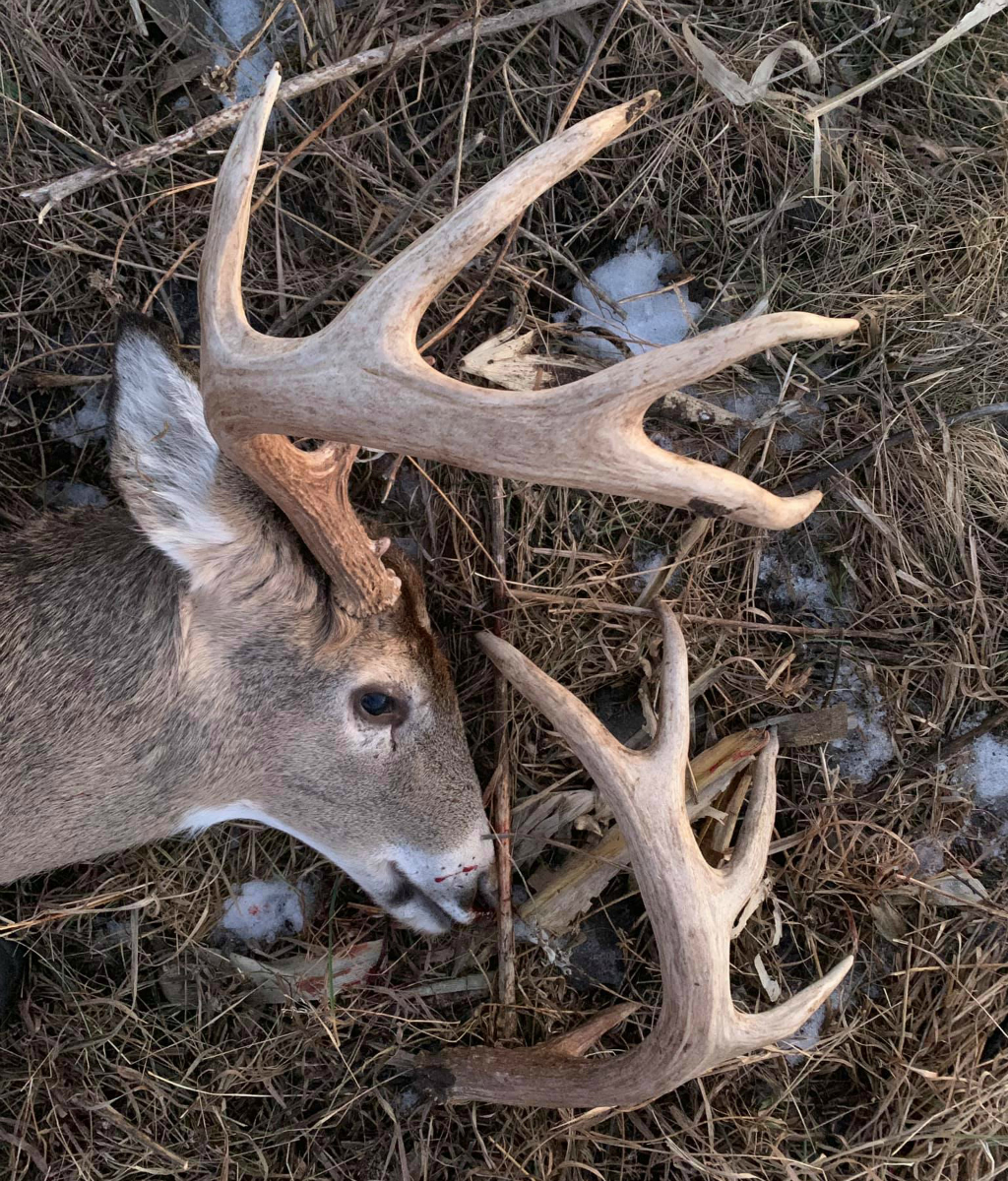
Credit: www.themeateater.com
Observing Shedding In The Wild
Observing whitetail deer shedding their antlers in the wild is a unique experience. Many wildlife enthusiasts find it fascinating. You get a glimpse of nature’s cycle and the deer’s life. To witness this event, you need to know when and where to look. This section will guide you on how to track and observe this natural process.
Tracking Techniques
Look for signs in areas where deer frequently roam. Deer usually shed their antlers in late winter. Pay attention to trails, feeding spots, and bedding areas. These places often have dropped antlers. Look for freshly fallen antlers on the ground. Deer rub their antlers on trees before shedding. This behavior leaves marks on tree bark. Note these signs to increase your chances of finding antlers.
Best Times To Observe
The best time to observe shedding is between January and March. During these months, whitetail deer are most likely to shed their antlers. Early morning and late afternoon are prime times for observation. Deer are more active during these periods. Winter months offer better visibility due to the lack of dense foliage. Snow cover can help you spot antlers more easily. Plan your outings based on these factors for a successful experience.
Implications For Hunters
Understanding when whitetail deer shed their antlers is crucial for hunters. It impacts hunting strategies and ensures compliance with regulations. Shed antlers also provide valuable insights into the health and habits of the deer population.
Hunting Regulations
Hunters must adhere to local hunting regulations. Knowing the antler shedding period helps avoid illegal hunting activities. Regulations often specify hunting seasons based on the antler cycle.
| State | Regulation |
|---|---|
| Texas | Deer season ends before antler shedding begins. |
| Wisconsin | Specific dates are set to prevent hunting during shedding. |
Shed Hunting Tips
Shed hunting is a popular activity among outdoor enthusiasts. Here are some tips:
- Time it right: Late winter to early spring is prime time.
- Look in feeding areas: Deer often shed antlers where they eat.
- Check bedding spots: Deer may lose antlers while resting.
Use these tips to find sheds and learn more about deer behavior.
Benefits Of Shed Antlers
Collected sheds can be used for various purposes. They make great decor items. They also provide insights into deer health and genetics. Hunters can use this information to plan future hunting trips.
Conservation And Management
Understanding when whitetail deer shed their antlers is vital for conservation. Proper management ensures healthy deer populations and balanced ecosystems.
Population Control
Population control helps maintain a balanced ecosystem. High deer populations can lead to overgrazing. This affects plant life and other wildlife. Controlled hunting is a method used for population management. It helps keep the deer population at sustainable levels. Monitoring antler shedding times can inform hunting seasons. This ensures deer have shed their antlers before hunting begins.
Habitat Preservation
Preserving habitats is crucial for deer and other wildlife. Healthy habitats provide food and shelter. They also allow for natural antler shedding. Protecting forests, wetlands, and grasslands benefits deer populations. It also supports other species in the ecosystem. Habitat preservation helps maintain biodiversity.
Land management practices can improve habitat quality. Planting native vegetation supports deer nutrition. Reducing human disturbances helps maintain natural deer behaviors. Conservation efforts should focus on protecting and restoring habitats. This ensures deer have the space they need to thrive.

Credit: www.texashunterproducts.com
Frequently Asked Questions
When Do Whitetail Deer Shed Antlers?
Whitetail deer typically shed their antlers between late December and early March. The exact timing can vary due to factors like age, health, and environmental conditions.
Why Do Whitetail Deer Shed Antlers?
Whitetail deer shed antlers as part of their natural life cycle. Shedding occurs due to decreased testosterone levels after mating season.
How Long Does Antler Shedding Take?
Antler shedding in whitetail deer usually takes a few days. The process can be quicker or slower based on individual health and environmental factors.
Do All Whitetail Deer Shed Antlers At The Same Time?
Not all whitetail deer shed antlers simultaneously. Older, healthier bucks generally shed first, followed by younger or less healthy individuals.
Conclusion
Whitetail deer shed their antlers in late winter to early spring. Factors like age, health, and climate influence the timing. Knowing this helps hunters and wildlife enthusiasts plan better. Watch for changes in behavior during shedding season. Collecting shed antlers can be a fun, rewarding hobby.
It also offers insights into deer populations and health. Keep observing and learning about these fascinating creatures. They reveal much about the natural world. Enjoy the beauty and wonders of nature.


